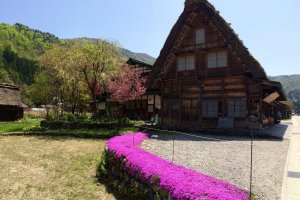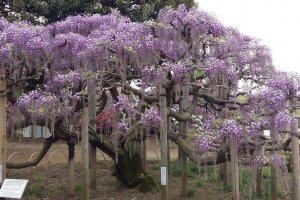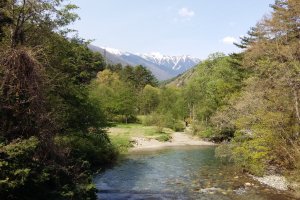I once went to a place where not just my heart, but even my little toes wanted to sing a song of their own. I was sitting beside a small stream in Hotaka (Northern Alps- Japan), where we had gone for camping, watching the water hop over the round stones and rays of sun lightly streaming past the tree cover to reflect different shades of green on different patches of grass, when I wondered why I had never known about this place before!
So, feeling extremely fortunate about getting an opportunity to experience a place so truly wonderful, I decided to write about my experiences, to be able to put down in writing forever these beautiful memories, lest they should fade away!
Japan, also known as the land of the rising sun, is an island country in East Asia in the Pacific Ocean. From nature lovers to historians, from adrenaline rush seekers to those who appreciate art and culture, the country has something to offer to everyone.
The first apprehension in the mind of anyone wanting to visit Japan would be - where to begin? What are the options in terms of places one can or should visit? Well, for starters, Japan Travel is one of the many helpful websites. It not only offers ideas for itineraries which are segregated region-wise but also offers options for the same based on areas of interest. One's itinerary would also depend on the time of the year when the trip is being made. Not all places in Japan are open to public throughout the year because of snow.
Another factor determining a final itinerary is whether one would want to avail the JR pass which also includes the use of bullet trains. Although the pass is a great bargain, it is pertinent to note that Bullet trains (also known as the Shinkansen), the fastest mode of getting around the country, do not operate on all routes. So, there are several places where one might still need to make an onward journey using the regular trains (most of which are covered by the JR pass) or buses after getting to a certain point on the Shinkansen. Since these trains do not operate at night, an extra day would need to be factored in one’s itinerary for traveling to distant places. The passes are issued with specific validity periods, i.e. for 7 days, 14 days and so on. The validity starts from the date that the pass is first used. There are other options as well. The intercity buses for instance, prove to be a much cheaper option and offer direct connectivity to tourist destinations with fewer transfers. Many tourists with international licenses also rent cars.
Another useful item to carry is a copy of the relevant rail or bus time table as the case may be. Knowing the time of the last bus or train back to one's hotel is very important. Of course, shelling out large amounts of money for taxis is always an option but then again, taxis are not available everywhere at all times. This is especially true for smaller and more remote locations, where one may have to call a taxi and wait some time for it to arrive. No matter how well planned the trip, noting down the local taxi numbers can be a lifesaver.
Every train station has tourist information centres. The ones at more popular locations also have English speaking personnel. Most of these centres also have free wifi facilities. If not, be rest assured that one will be helped. Even if the locals have to use diagrammatic representations, they get by in communication. Many of these kind locals even drop their chores to usher confused tourists to their destination.
That is what is so special about the people in Japan. I was curious to know what was it that made an entire country behave in such a polite and welcoming manner. It was as if, this kind of behaviour and attitude is ingrained in their culture. ‘Omotenashi’ is the word I discovered. While the word itself means hospitality or politeness, the way in which in which the concept itself has been adopted by the people of Japan, is what is unique and remarkable.
In addition to Tourist information centres, each train station also has coin lockers. So, as long as one has plenty of 100 yen coins, any excess baggage can be stored away for the day.
At all train stations though, rush hours are best avoided unless of course, one wants to experience being in a can of sardines! As far as finding one's way around is concerned, the most useful and important tool is an ability to read maps. Owing to language differences, it just makes things much easier and saves a lot of time. Many Japanese can read English, but not speak it. So, pointing out a written address or a location in a map, could aid in communication.
Availability and options for food could be another major concern. More so, for travellers who are vegetarian. Well, there is a simple solution for it - eat what one can find, while it is available. Carry snacks, dry fruits etc. Packaged food from supermarkets (they sometimes have vegeterian bento boxes) or soup with/without noodles is also available at some places.
For me, the most important thing was to soak in the place. Japan’s culture, beauty, precision, the humility of the people and their kindness - all of it. The culture in Japan is what sets it apart from other places. it is worthwhile to respect it and respect the traditions while there.































